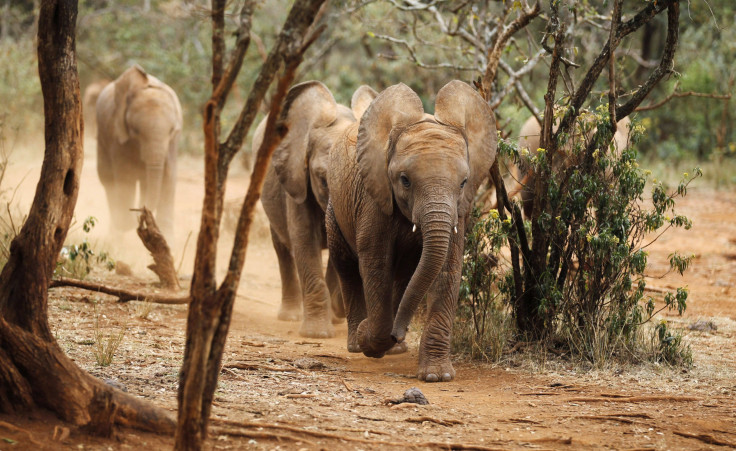World’s Wildlife Population Dropped By More Than Half In 40 Years, WWF Report Says

Wildlife population across the planet halved between 1970 and 2010, raising concerns over the global loss of species, according to a new report from the World Wildlife Fund, or WWF. In addition to the steep decline in wildlife populations, the report also highlighted various warning signs about the overall health of the planet.
Over a period of 40 years, populations of mammals, birds, reptiles, amphibians and fish around the world dropped 52 percent, while the amount of carbon in the Earth’s atmosphere rose to levels not seen in more than a million years, according to the WWF report. And while these developments have altered the planet's climate and destabilized ecosystems, more than 60 percent of the essential “services” provided by nature are also seen to be in decline.
“We're gradually destroying our planet’s ability to support our way of life,” Carter Roberts, president and CEO of WWF, said in a statement. “But we already have the knowledge and tools to avoid the worst predictions. We all live on a finite planet and its time we started acting within those limits.”
According to WWF, the report is based on trends in three major areas, including populations of more than 10,000 vertebrate species; human activities such as consumption of goods and greenhouse gas emissions; and existing biocapacity, which denotes the amount of natural resources available to produce food and freshwater, and sequester carbon -- the process of capturing and storing of carbon dioxide in the atmosphere.
“There is a lot of data in this report and it can seem very overwhelming and complex,” Jon Hoekstra, chief scientist at WWF, said in the statement. “What’s not complicated are the clear trends we’re seeing -- 39 percent of terrestrial wildlife gone, 39 percent of marine wildlife gone, 76 percent of freshwater wildlife gone – all in the past 40 years.”
The report revealed that while high-income countries showed a 10 percent increase in biodiversity, middle-income and low-income countries suffered a decline of 18 percent and 58 percent, respectively. Among all the world's regions, Latin American countries showed the biggest decline in biodiversity, with species populations falling by 83 percent.
The report also put forth recommendations to help save the planet. WWF suggests people should focus more on smarter food and energy production, while being responsible about consuming resources “at the personal, corporate and government levels.”
“We need leadership for change. Sitting on the bench waiting for someone else to make the first move doesn’t work,” Marco Lambertini, director general at WWF International, said in a statement. “Heads of state need to start thinking globally; businesses and consumers need to stop behaving as if we live in a limitless world.”
© Copyright IBTimes 2024. All rights reserved.






















